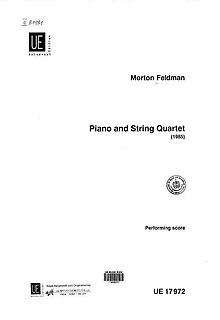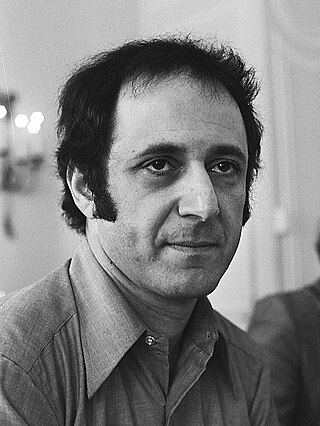
Stephen Michael Reich is an American composer who is known for his contribution to the development of minimal music in the mid to late 1960s. Reich's work is marked by its use of repetitive figures, slow harmonic rhythm, and canons. Reich describes this concept in his essay, "Music as a Gradual Process", by stating, "I am interested in perceptible processes. I want to be able to hear the process happening throughout the sounding music." For example, his early works experiment with phase shifting, in which one or more repeated phrases plays slower or faster than the others, causing it to go "out of phase." This creates new musical patterns in a perceptible flow.

Terrence Mitchell "Terry" Riley is an American composer and performing musician best known as a pioneer of the minimalist school of composition. Influenced by jazz and Indian classical music, his work became notable for its innovative use of repetition, tape music techniques, improvisation, and delay systems. His best known works are the 1964 composition In C and the 1969 album A Rainbow in Curved Air, both considered landmarks of minimalism and important influences on experimental music, rock, and contemporary electronic music. Subsequent works such as Shri Camel (1980) explored just intonation.

Morton Feldman was an American composer. A major figure in 20th-century classical music, Feldman was a pioneer of indeterminacy in music, a development associated with the experimental New York School of composers also including John Cage, Christian Wolff, and Earle Brown. Feldman's works are characterized by notational innovations that he developed to create his characteristic sound: rhythms that seem to be free and floating, pitch shadings that seem softly unfocused, a generally quiet and slowly evolving music, and recurring asymmetric patterns. His later works, after 1977, also explore extremes of duration.
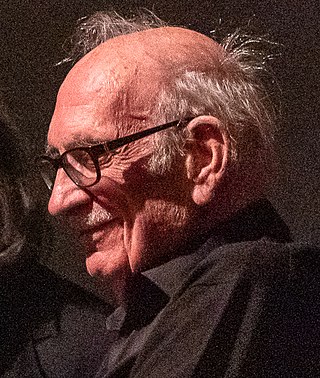
George Henry Crumb Jr. was an American composer of avant-garde contemporary classical music. Early in his life he rejected the widespread modernist usage of serialism, developing a highly personal musical language which "range[s] in mood from peaceful to nightmarish". Crumb's compositions are known for pushing the limits of technical prowess by way of frequent use of extended techniques. The unusual timbres he employs evoke a surrealist atmosphere which portray emotions of considerable intensity with vast and sometimes haunting soundscapes. His few large-scale works include Echoes of Time and the River (1967), which won the 1968 Pulitzer Prize for Music, and Star-Child (1977), which won the 2001 Grammy Award for Best Contemporary Classical Composition; however, his output consists of mostly music for chamber ensembles or solo instrumentalists. Among his best known compositions are Black Angels (1970), a striking commentary on the Vietnam War for electric string quartet; Ancient Voices of Children (1970) for a mixed chamber ensemble; and Vox Balaenae (1971), a musical evocation of the humpback whale, for electric flute, electric cello, and amplified piano.

Christian G. Wolff is an American composer of experimental classical music and classicist.
Benjamin Burwell Johnston Jr. was an American contemporary music composer, known for his use of just intonation. He was called "one of the foremost composers of microtonal music" by Philip Bush and "one of the best non-famous composers this country has to offer" by John Rockwell.

Nonesuch Records is an American record company and label owned by Warner Music Group, distributed by Warner Records, and based in New York City. Founded by Jac Holzman in 1964 as a budget classical label, Nonesuch has developed into a label that records critically acclaimed music from a wide range of genres. Robert Hurwitz was president of the company from 1984 to 2017.

Kevin Volans is a South African born Irish composer and pianist. He studied with Karlheinz Stockhausen and Mauricio Kagel in Cologne in the 1970s and later became associated with the Neue Einfacheit movement in the city. In the late 1970s he became interested in the indigenous music of his homeland and began a series of pieces which attempted to combine aspects of African and contemporary European music. Although Volans later moved away from any direct engagement with African music, certain residual elements such as interlocking rhythms, repetition and open forms are still detectable in his music since the early 1990s which takes a new direction more redolent of certain schools of abstract art. He settled in Ireland permanently in 1986 and was granted Irish citizenship in 1995.
Richard Wernick is an American composer. He is best known for his chamber and vocal works. His composition Visions of Terror and Wonder won the 1977 Pulitzer Prize for Music.

Steve Reich and Musicians, sometimes credited as the Steve Reich Ensemble, is a musical ensemble founded and led by the American composer Steve Reich. The group has premiered and performed many of Reich's works both nationally and internationally. In 1999, Reich received a Grammy Award for "Best Small Ensemble Performance " for the ensemble's performance of Music for 18 Musicians.
Electric Counterpoint is a minimalist composition by the American composer Steve Reich. The piece consists of three movements, "Fast," "Slow", and "Fast". Reich has offered two versions of the piece: one for electric guitar and tape, the other for an ensemble of guitars. The work shares similarities with Reich's New York Counterpoint.
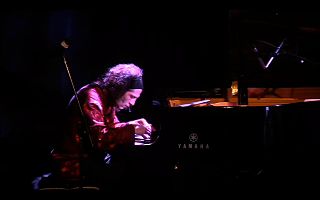
Fernando Otero is a Grammy-award-winning Argentine pianist, vocalist, and composer.

The Fountain: Music from the Motion Picture is the soundtrack album to the 2006 film The Fountain directed by Darren Aronofsky. Released on November 27, 2006, through Nonesuch Records, the album is a collaboration between contemporary classical composer and frequent Aronofsky collaborator Clint Mansell, classical string quartet the Kronos Quartet, and post-rock band Mogwai. The score received mixed reviews from critics and was nominated for several awards.

The discography of the Kronos Quartet includes 43 studio albums, two compilations, five soundtracks, and 29 contributions to other artists' records. The Kronos Quartet plays classical, pop, rock, jazz, folk, world and contemporary classical music and was founded in 1973 by violinist David Harrington. Since 1978, they are based in San Francisco, California. Since 1985, the quartet's music has been released on Nonesuch Records.

Kronos Quartet Performs Alfred Schnittke: The Complete String Quartets is a studio album by the Kronos Quartet. The double CD contains all four of Russian composer Alfred Schnittke's "startling" string quartets. String Quartet No.3 was recorded and released in 1988; the other three were recorded between 1994 and 1996 and released in 1998.
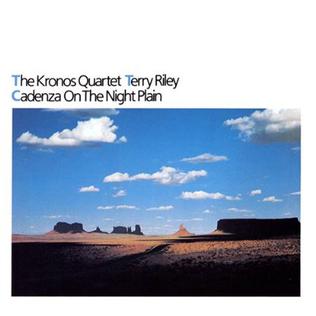
Terry Riley: Cadenza on the Night Plain is a studio album by the Kronos Quartet, the first album-length recording of a collaboration between the quartet and American composer Terry Riley.
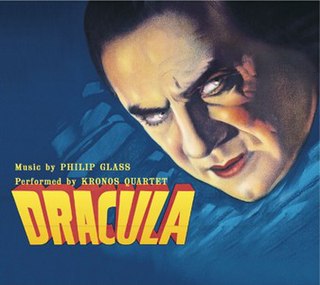
Dracula is a soundtrack performed by the Kronos Quartet, with music composed by Philip Glass, for the 1931 film Dracula.
WTC 9/11 is a composition by Steve Reich for string quartet written in 2009–2010 which premiered on March 19, 2011 at Duke University. The piece was written for the Kronos Quartet, who performed the premiere, and was co-commissioned by Barbican Centre, Carnegie Hall, Duke University, the University of Illinois at Urbana–Champaign, the Philharmonic Society of Orange County, the Phyllis C. Wattis Foundation, Chamber Music America and the National Endowment for the Arts. The piece is approximately fifteen minutes long, and draws inspiration from the events of September 11, 2001. In 2019, writers of The Guardian ranked it the 17th greatest work of art music since 2000.
This is a Nonesuch Records discography, organized by catalog number.

Five Pianos is a composition for five pianists composed in 1972 by American composer Morton Feldman. The piece is scored for five pianos and one celesta performed by the fourth pianist; the performers are also required to hum specific notes throughout the composition. It was first performed in Berlin on July 16, 1972, as part of the Berliner Musiktage festival, with the composer as one of the humming pianists.
